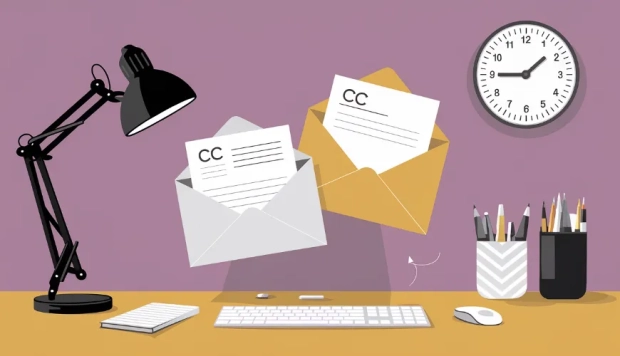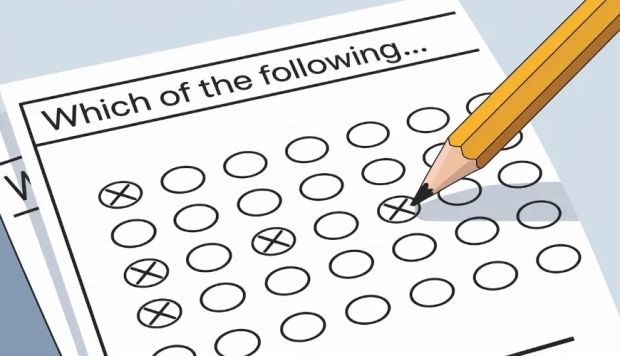Email List Segmentation

Sending a one-size-fits-all email to your entire email list may not be effective. Instead, businesses can divide their email list into smaller groups based on specific criteria, such as demographics, behavior, or preferences. This process is known as segmentation and can lead to more targeted and effective email campaigns. In this article, we'll explore the process of dividing an email list into smaller groups and the benefits it can provide.
What is Email Segmentation?
Email segmentation is the process of dividing an email list into smaller groups based on specific criteria. This allows businesses to send more targeted and personalized emails to their subscribers, improving the relevance of the content and increasing engagement. Segmentation can be based on a variety of factors, such as demographics, behavior, preferences, location, or purchase history.
Benefits of Email Segmentation
Segmentation has several benefits for businesses, including:
-
Increased engagement: By sending more targeted and personalized emails, businesses can increase the likelihood that subscribers will engage with their content, leading to higher open and click-through rates.
-
Improved deliverability: Segmenting your email list can help improve deliverability rates by ensuring that your emails are only sent to subscribers who are interested in your content.
-
Higher conversions: Sending more relevant and personalized emails can lead to higher conversion rates, as subscribers are more likely to take action on content that resonates with them.
-
Better customer experience: Segmentation can help businesses provide a better customer experience by sending more relevant and personalized emails, improving customer satisfaction and loyalty.
Process of Email Segmentation
The process of email segmentation involves several steps:
-
Define your criteria: Determine the criteria that you will use to segment your email list, such as demographics, behavior, preferences, or purchase history.
-
Collect data: Collect data on your subscribers that will allow you to segment your email list effectively. This may include information such as age, location, past purchases, or email engagement.
-
Segment your list: Use your criteria and data to segment your email list into smaller groups.
-
Create targeted content: Create targeted content that is tailored to each segment of your email list, taking into account their specific interests, preferences, and behaviors.
-
Send targeted emails: Send targeted emails to each segment of your email list, using personalized messaging and calls-to-action to drive engagement and conversions.
-
Measure results: Measure the results of your email campaigns, including open and click-through rates, conversions, and customer feedback. Use this data to refine your segmentation strategy and improve the effectiveness of your email campaigns over time.
Email segmentation is a powerful tool that businesses can use to improve the relevance and effectiveness of their email campaigns. By dividing their email list into smaller groups based on specific criteria and sending targeted and personalized emails, businesses can increase engagement, improve deliverability, and drive higher conversions. By following the process of email segmentation, businesses can create more effective email campaigns that resonate with their audience and drive results.



